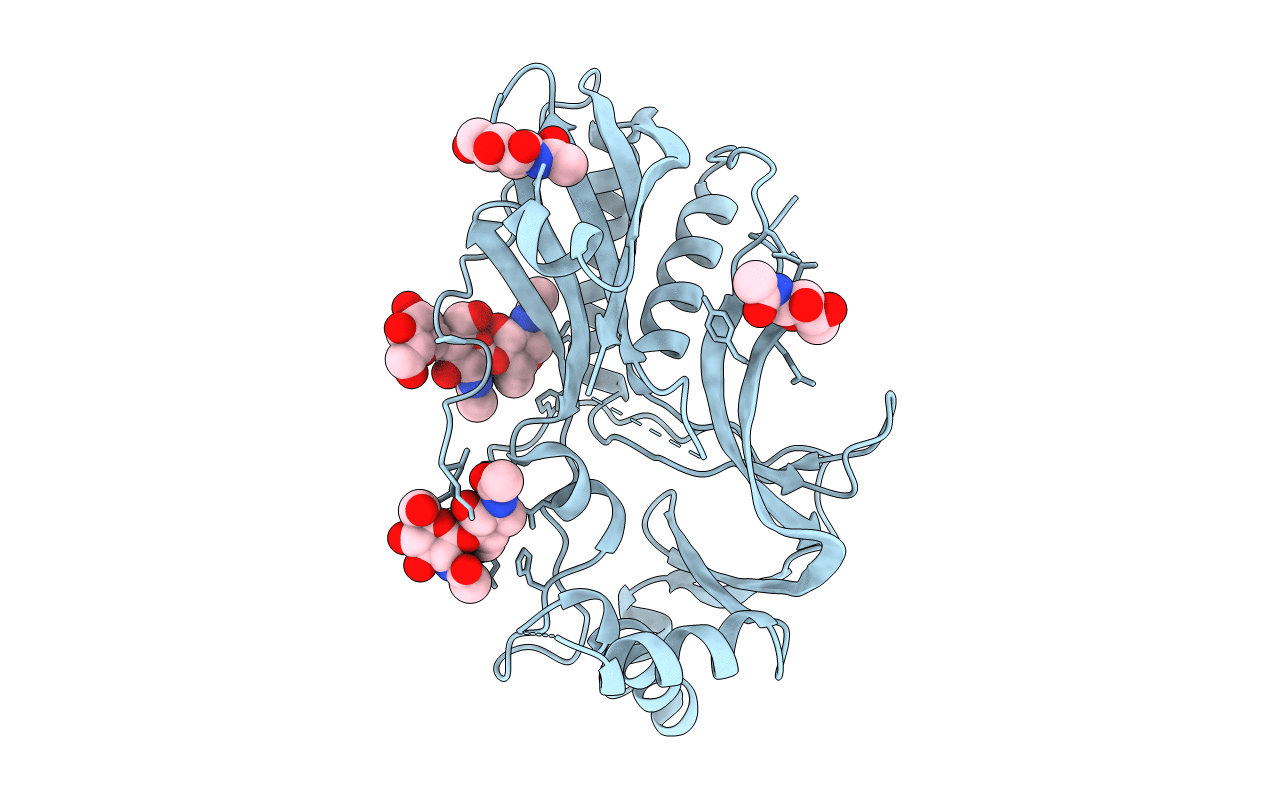
Deposition Date
2019-04-03
Release Date
2020-04-22
Last Version Date
2024-11-13
Entry Detail
PDB ID:
6R99
Keywords:
Title:
Crystal Structure of Human CLN protein 5 (Ceroid Lipofuscinosis Neuronal Protein 5)
Biological Source:
Source Organism:
Homo sapiens (Taxon ID: 9606)
Host Organism:
Method Details:
Experimental Method:
Resolution:
2.70 Å
R-Value Free:
0.24
R-Value Work:
0.22
R-Value Observed:
0.22
Space Group:
P 32 2 1


